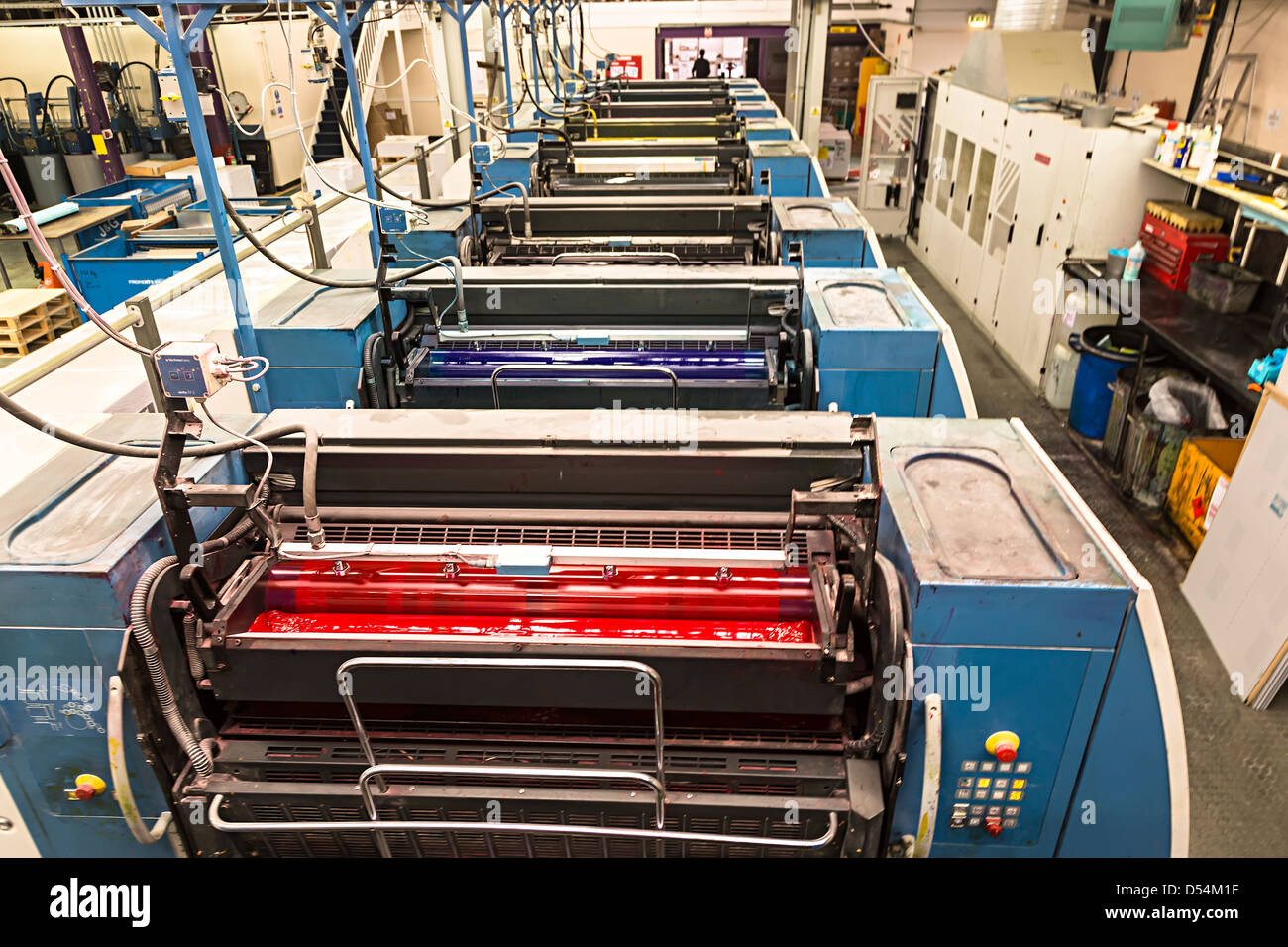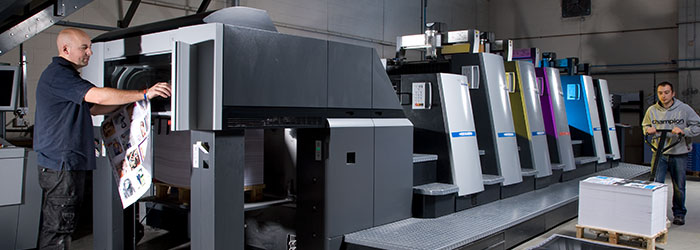A Comprehensive Guide to Understanding Litho Printing Techniques
The world of litho printing, a strategy stemming from the late 18th century, is a remarkable blend of history, art, technology and scientific research. This thorough overview will untangle the complexities of this printing method, from the make-up of litho inks to the difficulties encountered in modern applications. As we venture right into the ins and outs of lithography, the relevance of automation and sustainability in guaranteeing its future relevance ends up being increasingly clear. Remain with us as we journey into the fascinating realm of litho printing.
The Historical Advancement of Litho Printing
The historic trajectory of litho printing, a critical development in the world of interaction, is a fascinating tale of human resourcefulness. Birthed in the late 18th century by Alois Senefelder, this method was initially an affordable technique of releasing staged works. Lithography, originated from the Greek words for 'stone' and 'to write', used a smooth rock surface area to move pictures onto paper. The process developed with the introduction of the rotating press, which greatly boosted productivity (litho printing). In the 20th century, the innovation of countered lithography transformed the sector, enabling for automation of premium prints. Each phase of litho printing's advancement showcases mankind's relentless pursuit of effectiveness and high quality in visual communication.
Decoding the Science Behind Litho Printing Inks
Moving onward in the exploration of litho printing methods, the emphasis currently changes to the science behind litho printing inks. The make-up of these inks, their drying procedure, and color mixing strategies develop the backbone of this complex art kind. Recognizing these aspects is essential to understanding the craft and attaining the wanted print outcomes.
Structure of Litho Inks
In lithographic printing, the basic duty of litho inks can not be overstated. Pigments, the color-providing components, are finely ground fragments put on hold in the car, a liquid that carries the pigment onto the printing surface. Each element plays a vital component in the last print's high quality, making the accurate formulation of litho inks an intricate science.
Ink Drying Process
From the make-up of litho inks, focus transforms to the remarkable procedure of ink drying out. 2 key approaches are used in litho printing: oxidative drying and absorption. Absorption, on the other hand, entails the ink seeping into the paper fibers, which is a much faster procedure yet can lead to less dynamic colors.
Shade Mixing Strategies
While the drying out procedure plays a vital function in litho printing, the science of color blending techniques holds equal importance. This is a complex procedure that includes the careful blending of primary colors: cyan, magenta, and yellow, in differing proportions to attain a vast array of tones. The enhancement of black ink, known as 'vital', assists in managing the intensity and deepness of the colors. The science behind litho printing inks likewise considers the openness of the ink, which impacts just how shades overlay and mix. To achieve a reliable shade mix, print experts should also understand the details of ink habits, shade theory, and the physical buildings of the substrate on which the ink is used.
The Art and Design Elements in Litho Printing
Litho printing takes a breath life into art and layout via its unique components. Litho printing fits a variety of colors, allowing artists to develop dynamic and vivid prints. This combination of precision and convenience makes litho printing a preferred selection for several musicians and developers.
Modern Applications of Litho Printing Methods
Litho printing techniques have discovered extensive usage in the modern commercial sector. Its impact and significance remain to grow with the introduction of new developments and innovations in find more information the area. This area will explore these contemporary applications and the transformative role they play in the printing industry.
Commercial Litho Printing Makes Use Of
Litho printing remains a crucial component of the industrial industry. High-volume printing tasks, such as the manufacturing of publications, newspapers, and packaging, depend on litho printing for its capability to provide premium picture top quality and cost efficiency. Litho printing additionally gives a broad color range, premium to that of electronic printing.
Technologies in Litho Printing
Pushing the borders of typical techniques, modern innovations have fueled a host of technologies in litho printing. These breakthroughs have not just enhanced the high quality and efficiency of litho prints but additionally increased its application extent. One popular growth is electronic litho printing, which incorporates the merits of electronic modern technology with litho's top notch outcome. This crossbreed design uses faster configuration times, reduced waste, and enables on-demand printing. One more significant advancement is the introduction of eco-friendly inks. These inks, made from vegetable or soy-based solutions, have actually dramatically minimized the sector's environmental impact. litho printing. In addition, the growth of sophisticated plate technology has streamlined the printing process, leading to sharper pictures and improved shade fidelity. These technologies highlight the long-lasting importance of litho printing in the contemporary globe.
Exploring the Process of Litho Printing: Detailed

Obstacles and Solutions in Contemporary Litho Printing

Despite the accuracy and practice that litho printing happily supports, it is not without its set of modern challenges. Digital litho printing permits for affordable short runs and easy customization, resolving the concern of variable data. Thus, while there are challenges, the litho printing sector is proactively adapting to meet them head-on, guaranteeing its significance in the future.
Conclusion
In final thought, litho printing, with its rich history and scientific ins and outs, holds a considerable place in the print industry. The future of litho printing pivots on its capacity to adapt to these altering demands, verifying its long-lasting value in an advancing market.
